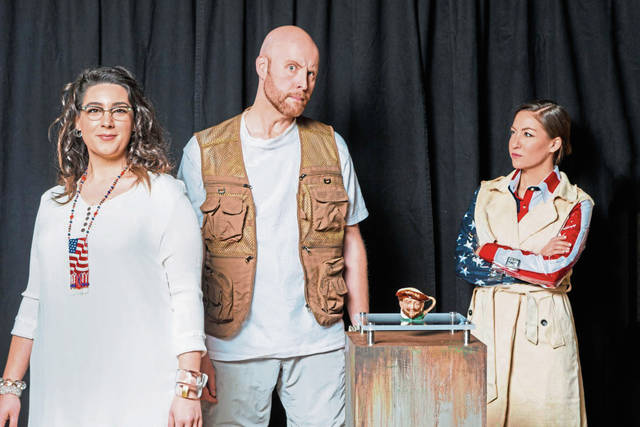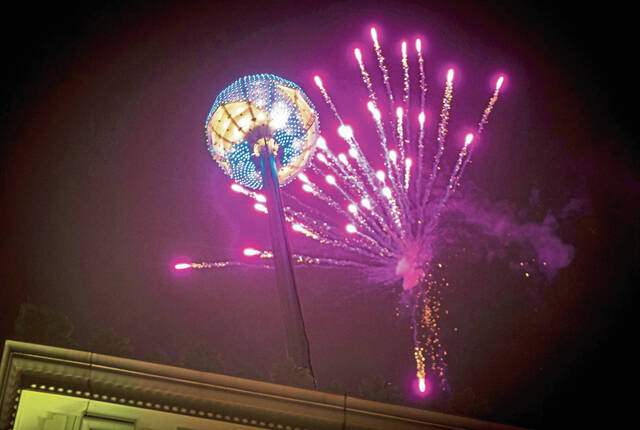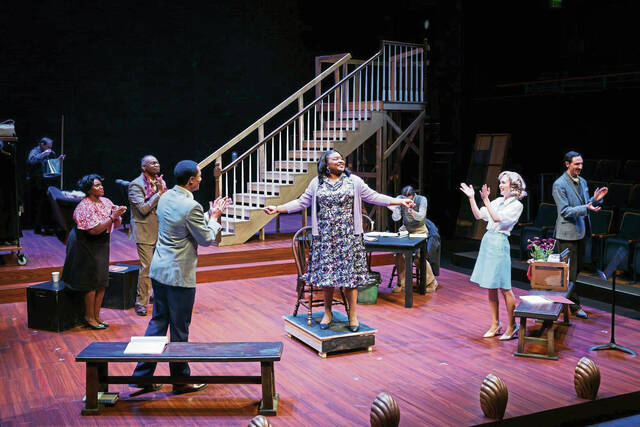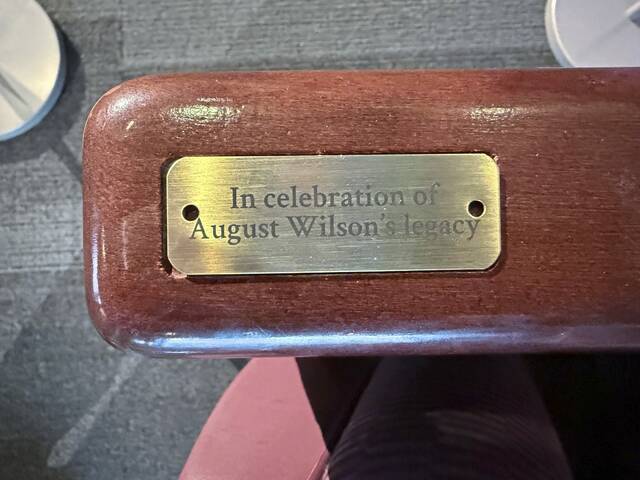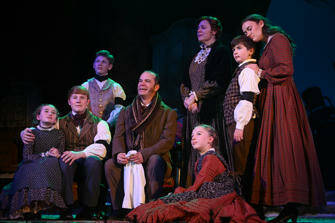Artists observe the same reality as the rest of us, they just see it differently.
In January 2016 a group of anti-federal government extremists led by Ammon Bundy seized the Malheur National Wildlife Refuge in eastern Oregon, provoking a standoff with authorities that lasted until Feb. 11, 2016. It was big news at first.
While librettist Matthew Boresi and composer Peter Hilliard certainly had many of the same reactions as most people, they also saw something else: the possibility of an opera on what happens when the American dream goes awry.
Pittsburgh Opera will present the local premiere of “The Last American Hammer” by Boresi and Hilliard, Feb. 22 to March 1, at Pittsburgh Opera Headquarters.
It wasn’t Ammon Bundy’s cause, opposition to federal public lands, that interested the opera’s creators, or that Cliven Bundy, Ammon’s father, had fought over the same issue two years earlier.
Emotional characters
“We were looking at writing a chamber opera with grand passions in a small space, with characters who are very emotionally keyed up” says Boresi. “We thought it ironic and a little bit telling that these big guys with guns were in such a delicate place for bird watching. We looked for an even more absurd place and came up with a Toby jug museum for our opera.”
Toby jugs are those kitschy ceramic pitchers that are shaped and painted to look like people.
The opera takes place “The National Toby Jug Museum” in a small Ohio town. Milcom Negley is a conspiracy theorist and only member of his militia who occupies the museum. He carries with him the last hammer made at the factory where he worked until it went out of business and doomed the town economically.
Boresi’s feelings about Milcom change week to week.
“The piece wasn’t written as an indictment of any particular political party,” he says. “It’s an exploration of conspiracy thinking, a piece about economic anxiety and the fallout from income inequality. To present Milcom as just a dangerous yahoo would be uninteresting and cruel and shortsighted. There are many conspiracy seekers in the country. I don’t like what they stand for, but I seek to understand how they got where they are. And when you start going into it, they have reasons that are not noble and reasons that are very sympathetic.”
The opera’s other characters are Tink Enraught, the museum’s curator, and Dee Reyes, the rookie FBI agent sent in response to the seizure of a federally funded building. Timothy Mix will portray Milcom, Caitlin Gotimer the curator, and Antonia Botti-Lodovico the FBI agent.
“When we decided we wanted this piece to take place in the heartland, somewhere in the interior of America, we wanted to access a rural American soundscape,” says Hilliard. “I’ve always loved bluegrass music and went down to Nashville for a long time, talking to banjo players and listening to bluegrass music. I brought that soundscape into our opera. Our previous piece had Chicago blues.”
His score for “The Last American Hammer” calls for banjo, mandolin, two violins, viola, cello and bass.


